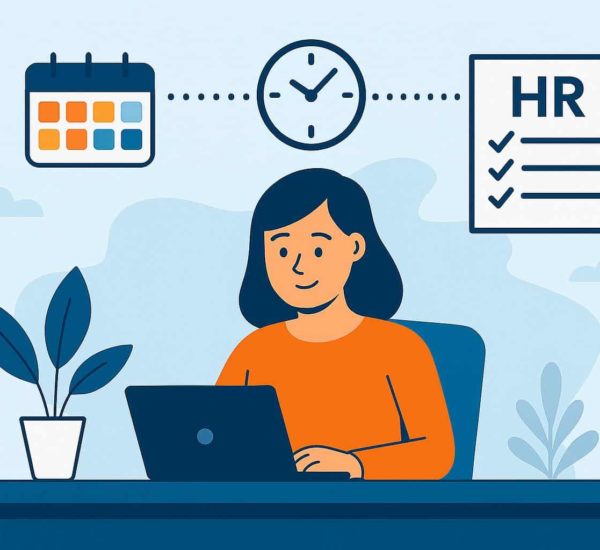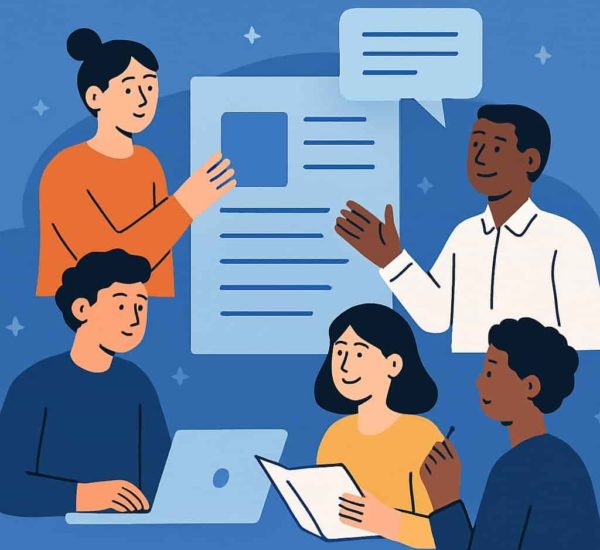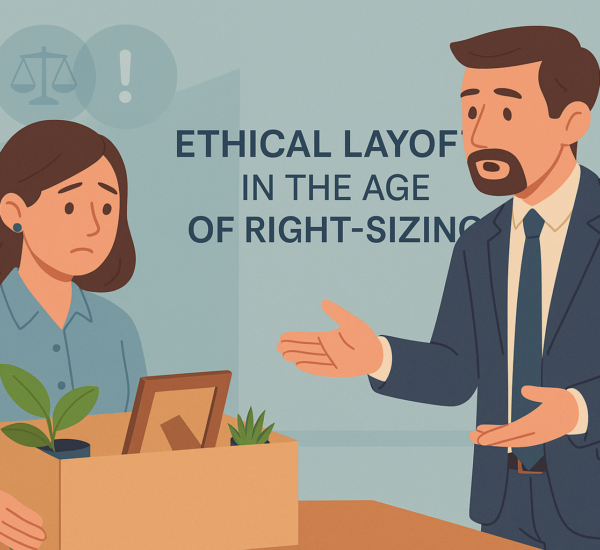Wouldn’t that be great if there was a checklist that showed when someone is ready to become a leader? As great as the idea may seem, it isn’t quite possible. Also, it depends on the way every organization defines a leader. This definition isn’t the same everywhere. This is why you need a leadership development plan for your employees.
If you’re wondering what that is, don’t worry, This article will take you through the definition of and the importance of having a leadership development plan. Let’s begin by defining the term.
What is a Leadership Development Plan?
A leadership development plan is a professional development tool that outlines learning goals to improve leadership capabilities. The plan ensures that your organization has a strong pipeline of future leaders. The success of an organization depends on how solid the leadership is. A strong leadership development plan helps nurture the next generation of leaders in any organization.
Let’s look at why building a solid leadership development program is needed.
Why is Leadership Development Important?
Leaders are essential for all lines of business in an organization especially because leadership is essential for managing an organization efficiently. This is why having a lineup of great leaders is important for you.
Today, Firms are increasingly starting to realize that leaders play a vital role in running an organization smoothly. Why is that so? Let’s look:
High Retention Rates
According to the 2016 McQuaig Global Talent Recruitment Report, organizations that invest in building quality leaders have seen higher retention rates.
Learning of New Skills
Leadership development equips leaders with skills that can help them enhance the productivity of their team. In addition, it outlines learning goals to improve leadership capabilities.
Increased Employee Engagement
One major benefit of leadership development is that it increases employee engagement. One reason for this is that it sketches out a clear path for all the employees who want to be future leaders.
Preparing Role Models
A leadership development plan is aimed at building role models of leaders that will help future leaders to take inspiration from and improve their skills.
Boosts Productivity of Employees
Becoming a leader equips a person with various skills. Having skills at the workplace is considered a great thing that ultimately increases productivity at work.
Benefits the Business
Of course, having quality leaders helps the business flourish. That is because all the departments in the office are guided by professionals and employees work efficiently under such leadership. This increases the financial results of the business.

Increased Agility
One benefit of building a leadership development plan is that it allows leaders to solve complex problems effectively. This is one quality that every organization looks forward to having.
Attracts More Employees
Employees look for a place to work where they can grow and become successful. When an organization invests in having solid leadership training, they are likely to attract and retain more employees. This ultimately gives employee satisfaction a boost.
Leads to Better Communication
A great leader knows how to communicate both in the workplace and outside of it. This results in a better and more effective work environment, more opportunities, speed in tasks and builds an overall positive and healthy work environment.
Leadership Development Goals
In order for a leadership development plan to b effective, there need to be set leadership development goals. Let’s take a look at them:
The Ability To Take Responsibility
One of the foremost goals of having a great leadership training plan is that it requires leaders to own responsibility for their actions, Whether they do something great or even if they make a mistake, a great leader always owns that. In addition, they learn from the mistakes they make and turn them into a lesson for themselves.
Leaders are Disciplined
Great leadership is formed on discipline. A great leader puts the company at priority even if it means more benefit for them. Integrity is what good leadership demands. To become a great leader, you must let go of bias and think of the business rather than personal gain.
Become a Better Listener
A good leader listens to their subordinates rather than only speaking. Every member of the team has something valuable to tell from their experience. To practice effective leadership, you must become a great listener.
Time Management is Important
What makes a person a great leader is that they know how to manage their time. A leader who doesn’t care where their time goes is of no good use to anyone. A time-conscious make sure they are spending it wisely and never fall behind their schedule. By focusing on proper time management, a leader sets an example for the rest of the team.
Think Big
A leader should always focus on the big picture and doesn’t believe in small talk. When a leader knows how to make decisions that will help benefit the company in the long run and immediately, great leadership is likely to follow.
Improve Communication Skills
Great leaders are well communicators. They know how to deal with people both inside the company and outside of it. A leader with great communication skills becomes a great mentor for the rest of the team.
Expand Your Knowledge
Effective leadership is formed when the leader has a wide array of knowledge in different areas of concern. A great leader has the ability to solve complex problems using the expertise and knowledge that they have. Having knowledge from fields outside of their direct role benefits the company by handling issues as they arise in a creative and efficient manner.
Building A Leadership Development Plan
In order to fulfill these goals, you need to plan your leadership development. Using these steps, your organization can create a leadership development program template to follow.
Define What Type of Leaders You Want
In order to develop an effective leadership plan, you need to first layout what kind of leaders do you want to have in your organization. Take the following steps:
- Create a list of all the skills that you wish the leaders at your organization should have.
- Create a separate profile for leaders of different departments.
- In addition, create a list of all the employees who are interested in becoming leaders, Next, assess what skills they may have and see if that aligns witty your organizational goals.
Talk To Your Employees
Many employees at your organization will want to become leaders and several will have a passion for it. try to align their career vision and path with your ideas and business path. Assess their skills and their capabilities. If you see fit, get them the necessary leadership training.
Create a List of Skills and Qualities
As said earlier, you need to develop goals and prepare a list of all the skills and qualities that must be present in the leaders at your organization. To create the list take the following steps:
- All the goals that you need to develop should be SMART. These goals should be specific, measurable relevant, attainable, and time-bound.
- Create a list of skills for the leaders. You may want to create a list of different skills and qualities for each department.
- In order for these goals to be time-bound, create a timeline for these goals. That will help all your employees to act quickly and motivate them.
- Make sure the list of skills is clear and realistic. The clearer this list is, the more successful employees will be in reaching their goals.
- If there are great leaders in your organization, show them to others as an example. Make sure everyone knows what steps they followed and how they reached this position.
Think Of What Methods and Tools You Will Need
For the leadership development plan to be effective, think of all the methods and tools that will be required in order to train your employees. Again, create a separate leadership development plan for each department or individual. It will make it more personal and role-oriented, and as a result, it will be much more engaging and relevant. You can choose from the following methods to train them:
- Formal Training, the training that has special courses and training programs.
- Training under a mentor. When using coaching as a leadership development tool, you are likely to see higher results as the learning comes from an experienced professional.
- Volunteering acts
- Training with work in groups and communities
Measure the Results
Your leadership development plan should be measurable as mentioned above. Otherwise, there will be no way of analyzing the results and the success of the employees.
Lastly, it’s time to measure the results. All the feedback, criteria, and data will help you see who is likely to be a great leader.
Using the results you can make amendments and adjustments where necessary. These may include further training your employees as you see fit and helping them be on a path of success to great leadership.
Wrapping Up
Lastly, leadership is critical to all businesses today, and candidates who showcase leadership qualities can have an edge over their fellows. Creating a leadership development plan is only the beginning of the developmental process. Having great leaders at the organization benefits, not just the individual but also the organization.






